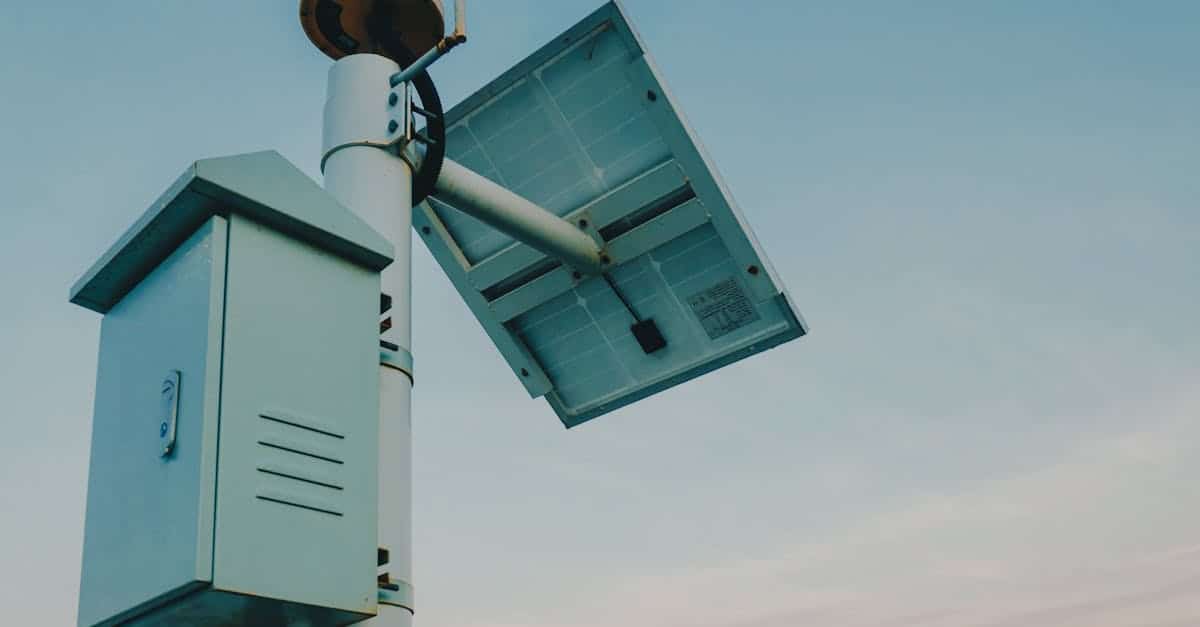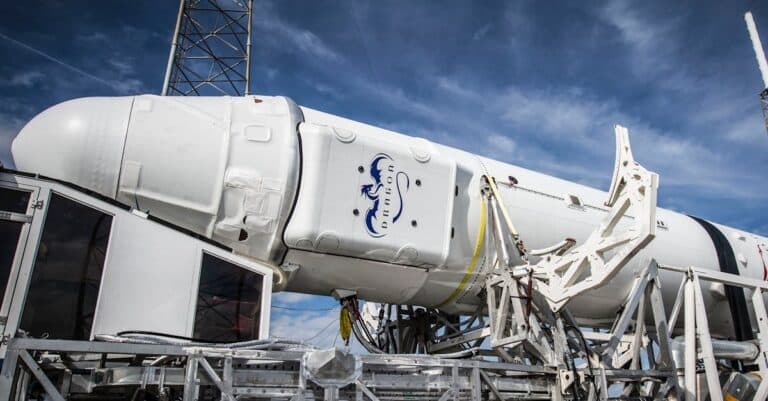The transformation of our perception of security largely relies on the evolution of radar technologies. These devices, capable of detecting a multitude of offenses and threats, bring a new dimension to surveillance. Thanks to the integration of artificial intelligence, modern radars are no longer limited to simple speed detection of vehicles. They are now able to identify behaviors such as using a phone while driving or not wearing a seatbelt. This technological advance fosters a proactive approach to road safety and allows us to rethink our relationship with control devices. Thus, surveillance radars play a key role in redefining safety standards, reinforcing our confidence in the systems put in place to protect road users.
Security is a dynamic concept, constantly evolving in response to the threats and challenges that societies face. As technologies advance, surveillance and protection methods must also adapt. In this context, the surveillance radar emerges as an essential tool to enhance our perception of security, both on the road and in broader application areas.
Traditionally used in military contexts, radars have made their way into civil applications. Thanks to the emergence of radar technology, we can now detect potential threats, monitor perimeters, and improve road safety. The primary advantage of these devices lies in their ability to provide real-time data, allowing for a quick response to any potentially dangerous situation.
The new security radars, which will be deployed starting in 2025, will mark a turning point. Equipped with artificial intelligence, they will no longer be limited to detecting speed violations. They will be able to monitor risky behaviors such as using a phone while driving or not wearing a seatbelt. These additional features aim to transform our approach to road safety by broadening the spectrum of detected offenses.
The ability of radars to analyze the safe distance between vehicles is another example of their transformative potential. By implementing this type of surveillance, road users can become more aware of the importance of maintaining distances, which helps reduce accidents. With this new technology, the perception of what is safe or dangerous on the road could be entirely redefined.
In urban areas, radars play a crucial role in overall security. Many cities, like Toulouse, have started deploying modern radars that monitor not only speed but also other behaviors on the road. These devices act not only as control tools but also as deterrents, thereby changing the perception of driving behavior. Offenses are captured, recorded, and tracked, leading to a collective awareness of road safety.
The stakes are not limited to the road; radars have also found their place in public health and property security. In contexts such as industrial sites or airports, surveillance radars enable continuous monitoring, detecting intrusions or suspicious behaviors. Modern radar systems can immediately notify security personnel, allowing for quick and effective intervention. This changes the way individuals perceive security in their daily lives, providing them with a heightened sense of protection.
In summary, a surveillance radar pushes the boundaries of our understanding of security. By implementing cutting-edge technologies, these devices not only respond to incidents but also anticipate threats. By transforming the way we perceive, measure, and act on security, surveillance radars help shape a future where security becomes an integral part of our daily lives.

FAQ on the transformation of security through surveillance radars
How can a surveillance radar improve urban security? Surveillance radars use advanced technologies, including artificial intelligence, to detect various offenses, ranging from speeding to running red lights, thereby enhancing road safety.
What types of offenses can these radars detect? These next-generation radars are capable of identifying a wider range of offenses, including using a phone while driving and not wearing a seatbelt, contributing to safer driving.
What impact will radar technology have on our driving behavior? The increased presence of surveillance radars is expected to deter risky behaviors, leading to a reduction in violations of road safety.
How does radar technology contribute to monitoring sensitive areas? Through continuous monitoring, security radars can provide real-time alerts for any anomalies, allowing for quick and effective responses from the relevant authorities.
Why is it important to integrate surveillance radars into our security system? Integrating these radars not only allows for monitoring and controlling offenses but also improves the responsiveness of law enforcement to potential threats.
Are surveillance radars only intended for road safety? No, radar technology is also deployed in military and defense applications, thus providing enhanced protection against various threats.
What challenges are associated with the implementation of these radars? Issues of regulation, technological implementation, and respect for privacy are major challenges in the deployment of surveillance radars.
























